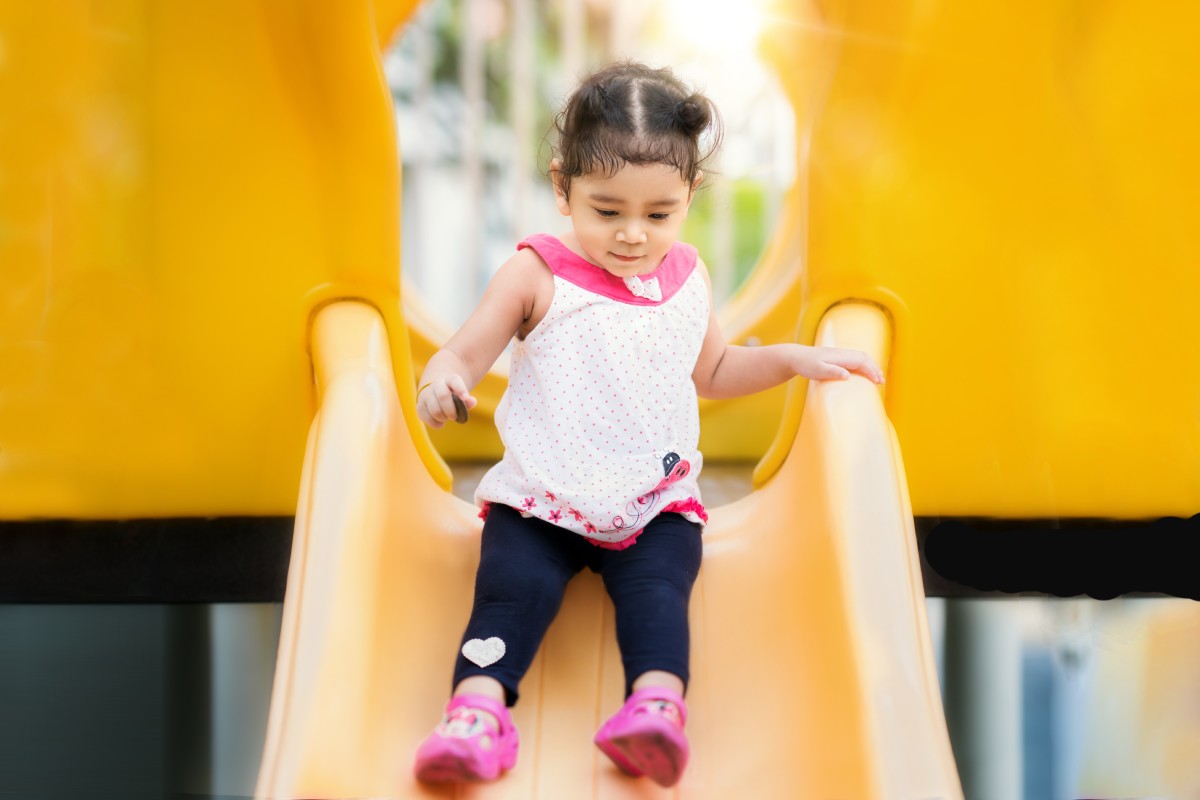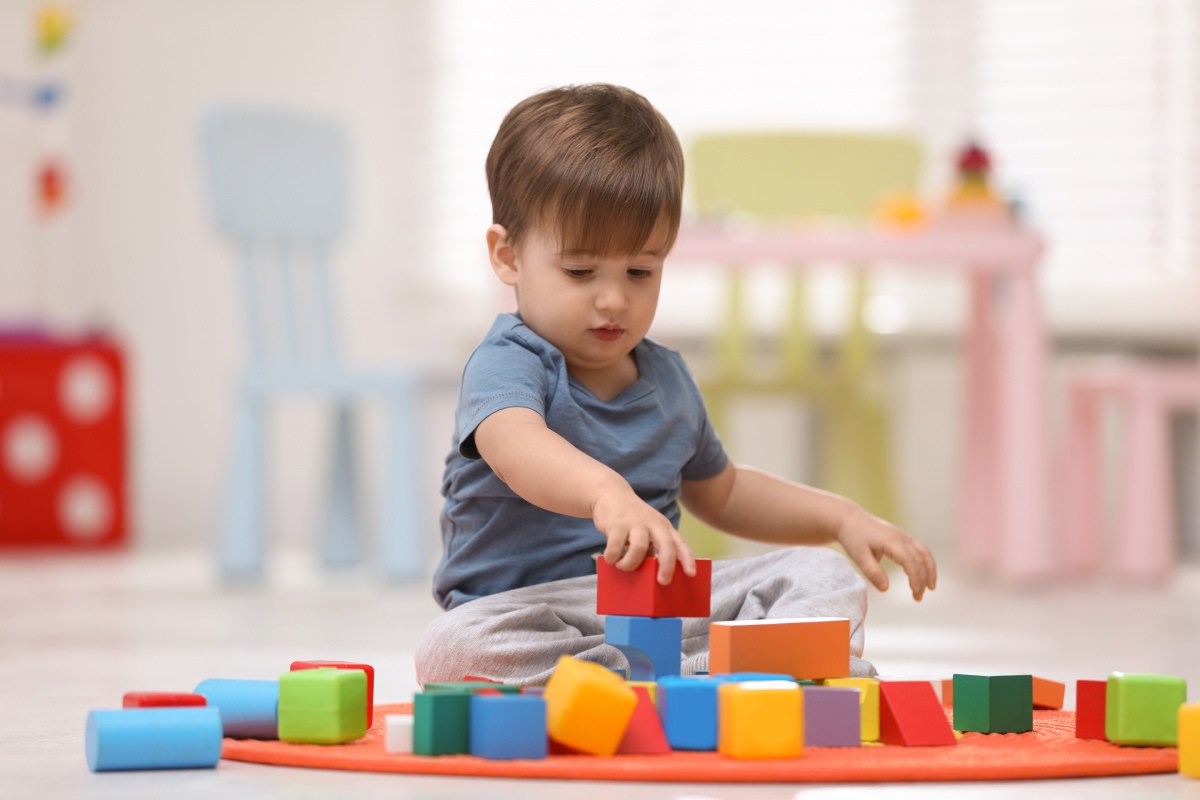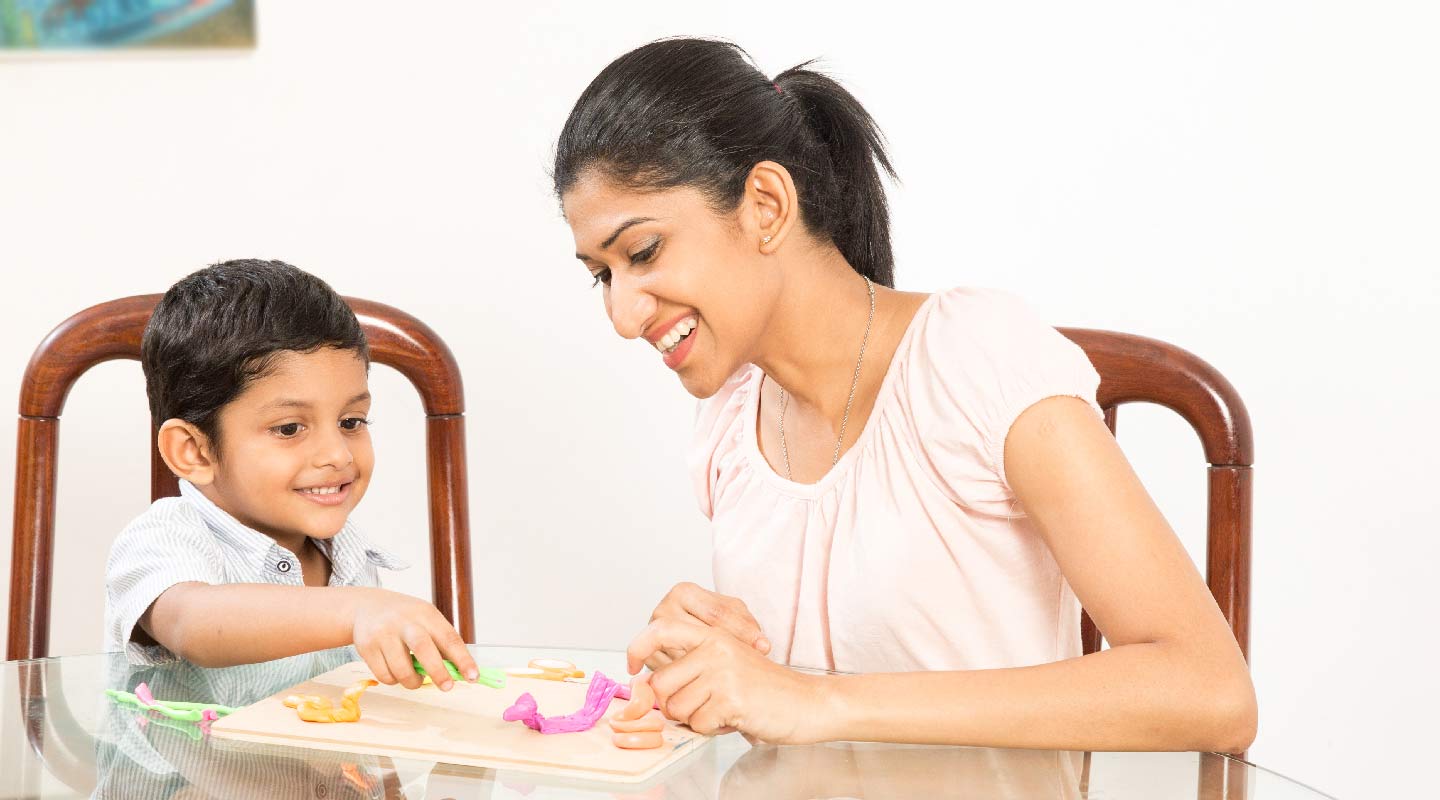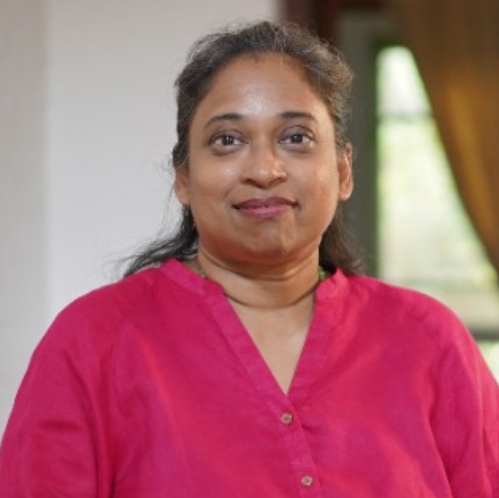























Know your Two-Year-Old little champ

Nimali Buthpitiya
When your little one has fully reached what is affectionately known as the “Terrible 2s”, they show a natural curiosity in behaviour. Your toddler starts exploring their surroundings keenly, and friendly squirrels, birds, lush green grass, sunny bright days, the merry-go-round, swings, and slides, all of these become fascinating and memorable adventures your little explorer is sure to enjoy. Since your child can run around, amusement parks and play areas tend to hold much attention. At 24 – 30 months of age, your tiny tot is good at climbing, sliding on and playing with all the play equipment at the park.
Remember those peaceful days when you could leave your little one lying on the bed, cosily snuggled between pillows, assured that they won’t roll off or go anywhere? That is not possible anymore, now that your two-year- old is able to run around and explore. They can stand on tip toe, climb up and down the stairs, throw or kick a ball and are physically active most of the time. As parents, it is always a must to keep an eye on your child, because he will be getting into all sorts of mischief due to their insatiable curiosity.
By 2 years of age, your child is able to coordinate the movements of their fingers, palm, and wrist. It enables them to unscrew a lid of a container and turn a doorknob. They become able to hold a pencil or a crayon, but their grip may not be perfect. This is the perfect time for them provide papers so that they will start drawing lines, circles and different shapes refining their newly acquired skill. Development of small muscles allow them to use their fingertips and turn the pages of a book, build towers using blocks apart from drawing.
By 2 years of age, your child can hold a pen or a pencil well and is ready to create works of art on whatever clean surfaces they find; including walls, floors, and curtains! At this age, he or she is most comfortable with drawing or copying vertical lines. In addition, learning shapes and understanding numbers are an extremely important part of early childhood education. As your toddler gets older, he can draw more complex shapes. At 24 – 30 months of age, your child can also scribble circles and shapes of numbers.
https://www.shutterstock.com/image-photo/baby-art-wall-painting-217177213
As your child continues to have their own adventures throughout the day, it is essential to teach them the importance of personal hygiene. You are not always able to keep your eyes on where he puts his hands, so teach him to wash hands well, especially before meals and after going to the toilet etc. Between the ages of 24 – 30 months, your child can wash and dry hands on their own. Similarly, another important milestone for your little one to achieve is becoming potty-trained. This should be followed by the signs you see in your child that he or she is now ready to be trained so. When your toddler being trained, he or she should not be in pampers all day and this also gives parents peace of mind knowing that their child will tell them when they need to use the toilet. By the age of 30 – 36 months your little one is developed enough to inform you when he needs to use the bathroom.
Cognitive development is another milestone which can be seen in your toddler. he starts learning new processes and begin to make social connections. He or she notices other children and shows interest and join them to play. However, they are still ego centric for a certain extent and therefore may not understand the concept ‘sharing’ 100%. They enjoy toys such as cars, dolls, building blocks etc.

As your child grows, his vocabulary expands. he pays attention to parents talk and learns from stories taught and songs sung. As he learns new words, he also attempts to put them into sentences and speak more fluently. During the age of 30 – 36 months your child can talk in 3 – 4-word sentences. Be extra careful what words and phrases you speak around him, as it will all be quickly absorbed and repeated.
Your toddler is a curious thinker and will have a wild imagination as he grows up, learns new things, and develops new ideas every moment. At this age, he can understand different occupations and loves role-playing games. Your little one might be a future actor in the making, or even a future leader! Between 30 – 36 months your child will enjoy ‘role-play’ games like playing teacher, pilot, doctor etc.

One of the many ways your child learns to become independent is by learning to dress themselves. Over time, your little one develops their own unique personality and will enjoy choosing their own clothes to wear with different quirks. During the age of 30 – 36 months your child will enjoy dressing themselves with your support. As your child learns new things every day, he enjoys watching you as you work around the house, and he will
usually imitate you as he curiously wonders what it is it that you are doing. During the age of 30 – 36 months
your little one likes to ‘help’ or contribute to simple housework.
When your child turns 12 months and continue to progress, you can encourage them to engage in free play. Allow them to follow their interests, try new things and do things in new ways. Allow them to make simple choices about their food, clothing whenever appropriate. Rewarding positive behaviour that promotes development with your warm love and praise is so important to make them continue to engage in developmental tasks.
Share With:
Recommended Articles


Dinusha Manjarie Wickremesekera
Learning Styles Attention and Focus
Up until the Covid-19 pandemic and the ensuing lockdowns and travel restrictions formal learning was done in a school environment. The formal learning envir...
Read More